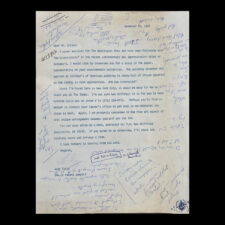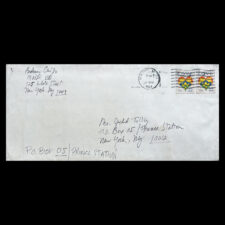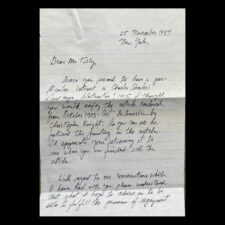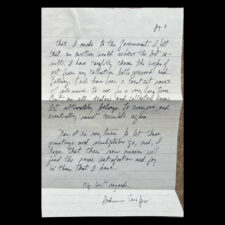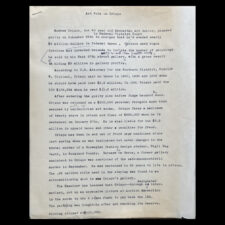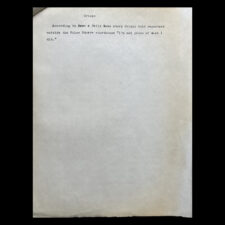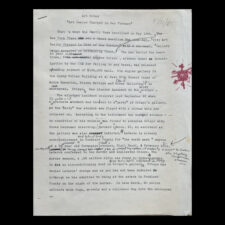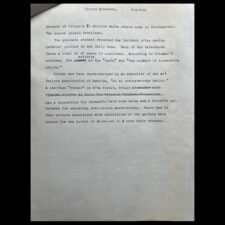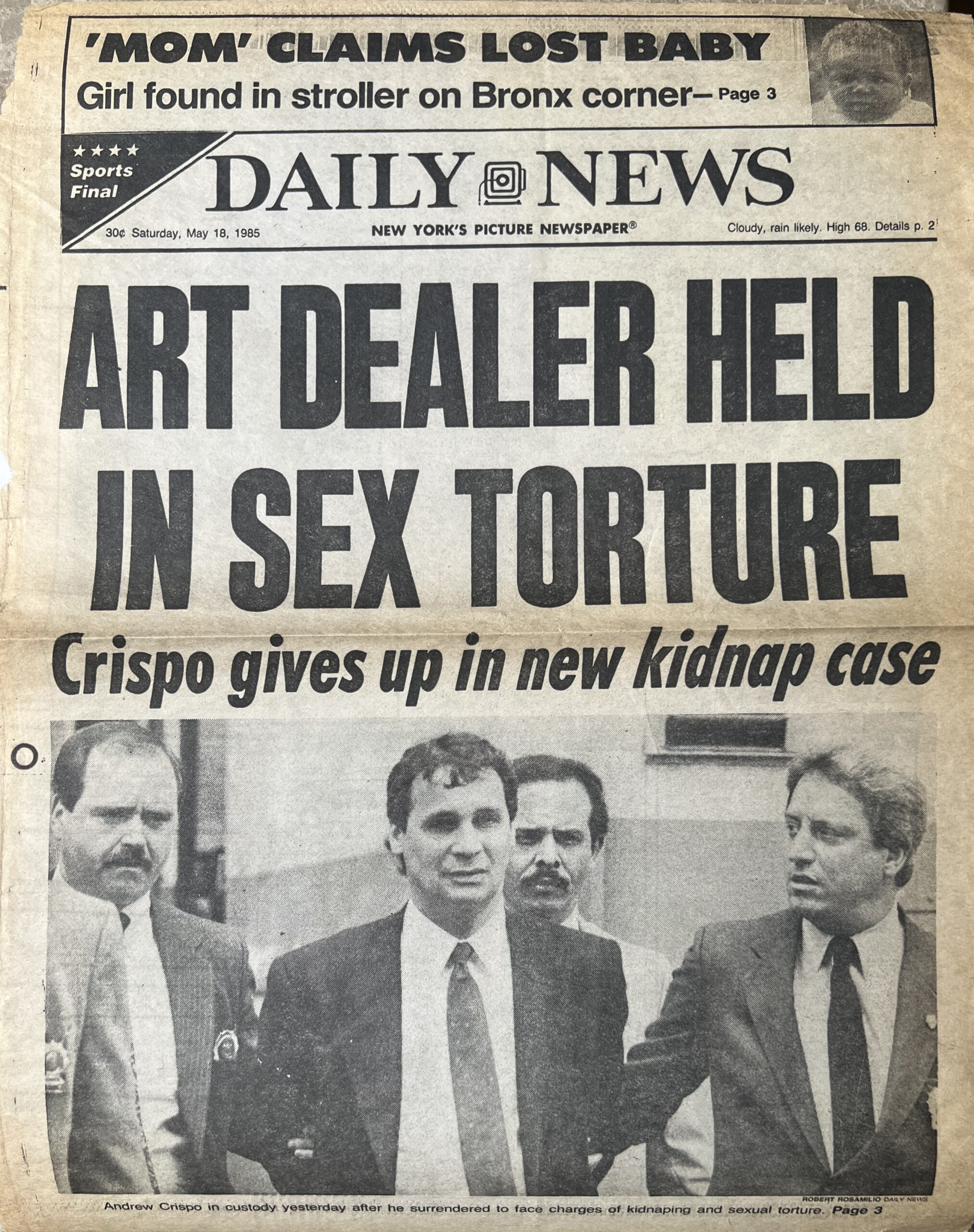
The New York Times’ obituary of former art dealer Andrew Crispo, famously tagged as the “sex-slay figure” in a Daily News headline from 1986, brought back memories of journalistic dealings with Crispo as he fought various legal and financial battles to save his once thriving art business.
Freelancing at the time for the Chicago based New Art Examiner and The Washington Post, before the advent of e-mail and online headlines, I wrote to Crispo requesting an interview and in one subsequent and memorable phone conversation/interview with him when he was a temporary prisoner on a tax evasion rap at the dreaded Tombs jail in Lower Manhattan, the dealer projected a rosy outcome for his concurrent troubles.
Speaking from a pay phone at the jail and against a cacophony from fellow inmates demanding access to that phone, Crispo calmly made his case.
This from a noted dealer who at one time carried around a stunning Brancusi sculpture in a velvet Seagram’s whiskey string bag to show to potential buyers, made the audio encounter all the more Surreal.
At any rate, Crispo came a long way from turning tricks as a teen on the mean streets of Philadelphia to his sleek gallery on 57th Street in the venerable Fuller Building where detectives ultimately uncovered the hidden rifle that killed the Danish fashion student Eigil Vesti, better known as the “Death Mask” murder.
Crispo, who was 40 at the time, was implicated in the killing but never prosecuted. His gallery assistant, Bernard Le Geros, the son of a diplomat, was convicted of the murder.
The art world has seen and weathered many scandals but Andrew Crispo was the ultimate rogue.

